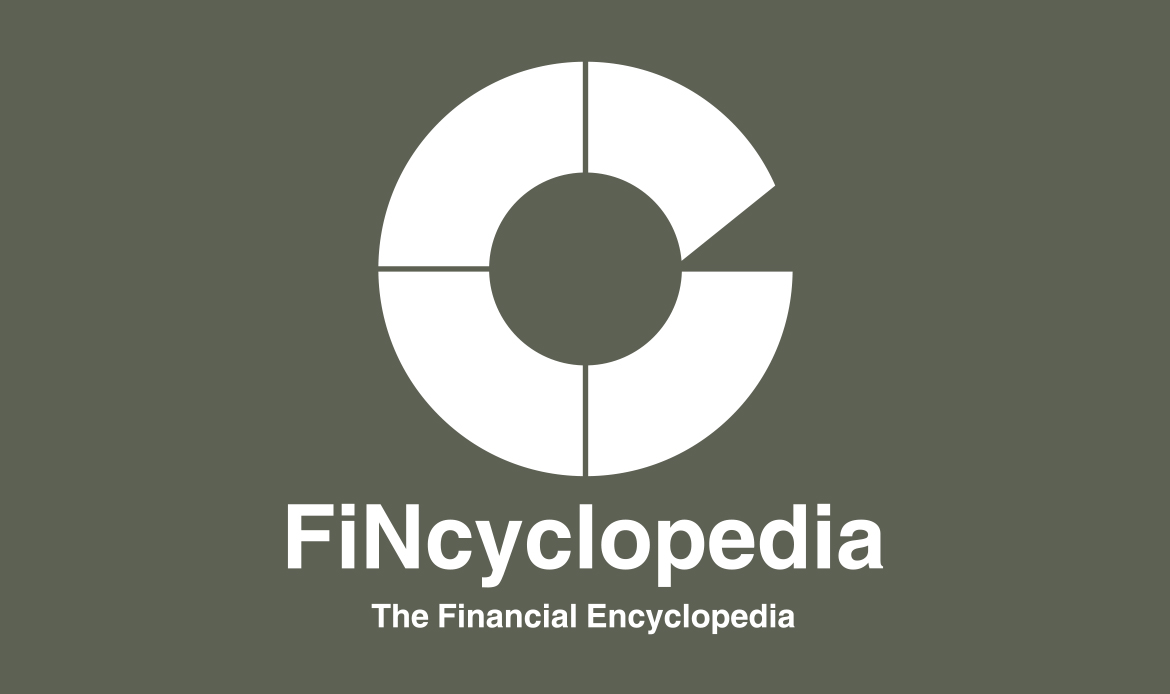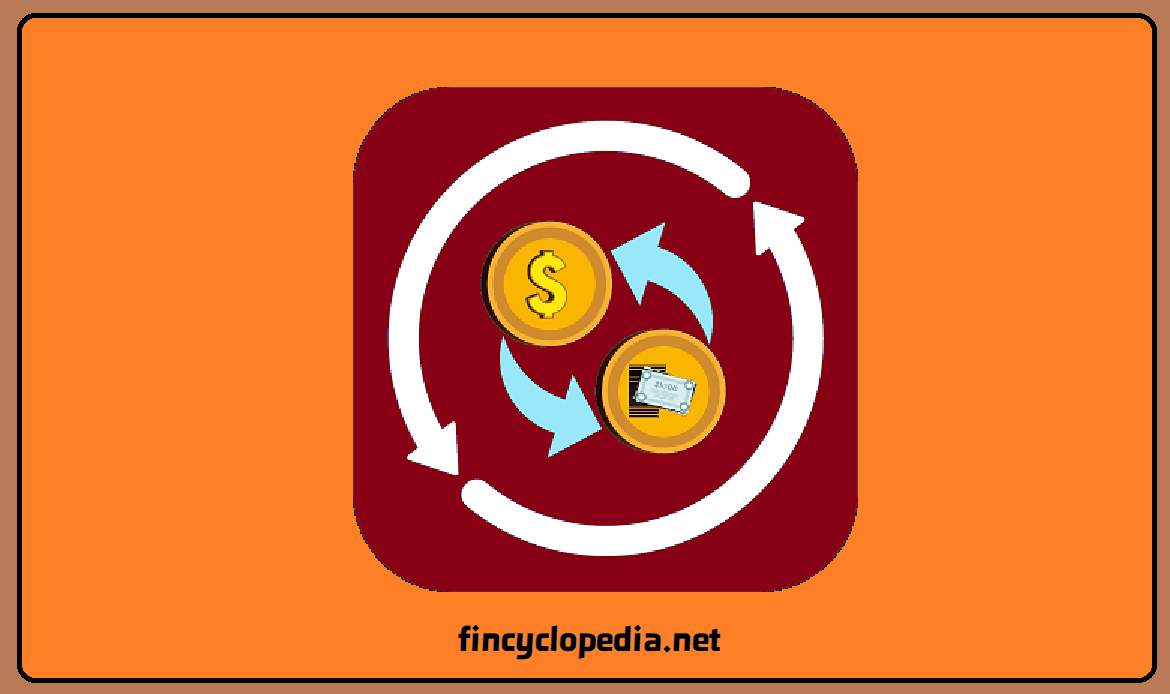A floor is a put option on a specified interest rate such as LIBOR, Euribor, the US prime rate, or a commercial paper rate. The interest payment on a long floor (to the holder of a floor), in case of exercise, would be determined based on the notional amount. It represents a predetermined dollar principal that is used only for calculation purposes, i.e., it is never paid but only serves as a basis for calculation of the interest payment. An example is a 2-year floor with a notional amount of USD 50 million, a reference rate of 6-month LIBOR and a floor rate of 4% (annualized). Every six months, if the current market rate (LIBOR) is below the floor rate (floor strike), the floor seller will pay the floor holder the difference (strike – LIBOR) times the notional amount. Otherwise, not payment is made:
Floor payment = (floor strike – LIBOR) * notional amount
Where: LIBOR < cap strike




